Is Under Cabinet Lighting worth it?
jqchen
12 years ago
Featured Answer
Sort by:Oldest
Comments (16)
brickeyee
12 years agoDavid
12 years agoRelated Professionals
Walnut Creek Lighting · Dallas Furniture & Accessories · Rochester Furniture & Accessories · Savannah Furniture & Accessories · Eureka Furniture & Accessories · Lake Magdalene Furniture & Accessories · Algonquin Decks, Patios & Outdoor Enclosures · Bainbridge Island Decks, Patios & Outdoor Enclosures · Clermont Decks, Patios & Outdoor Enclosures · Clute Decks, Patios & Outdoor Enclosures · Kalamazoo Decks, Patios & Outdoor Enclosures · Knoxville Decks, Patios & Outdoor Enclosures · Lancaster Decks, Patios & Outdoor Enclosures · Orange County Decks, Patios & Outdoor Enclosures · Portage Decks, Patios & Outdoor EnclosuresDeeS1
12 years agojqchen
12 years agochibimimi
12 years agoDavid
12 years agoDavid
12 years agojqchen
12 years agoDavid
12 years agojqchen
12 years agoDavid
12 years agobrickeyee
12 years agocherylmass
12 years agochisue
12 years agoDavid
12 years ago
Related Stories
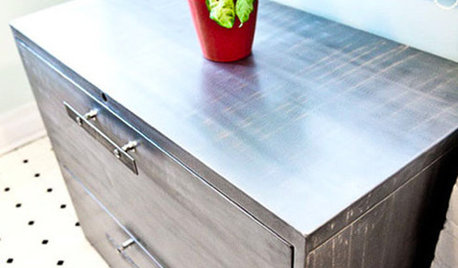
ORGANIZINGFile Your Cabinet Under 'Repurposed'
Give that dinosaur of a filing cabinet a second life as a planter, as storage in an entryway or even as a side table
Full Story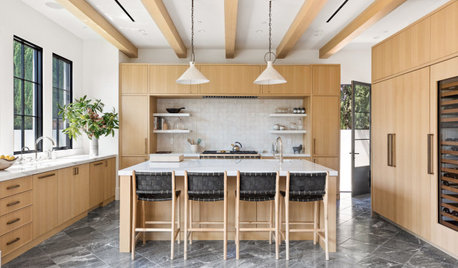
KITCHEN DESIGNNew This Week: 4 Inviting Kitchens With Light Wood Cabinets
See how natural wood cabinets give various kitchen styles warmth and flair
Full Story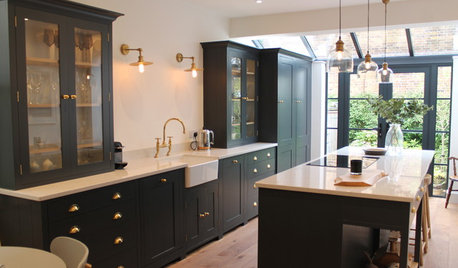
KITCHEN DESIGNBeautiful Dark Gray Cabinets in a Light-Filled English Kitchen
Simplicity, symmetry and attention to detail characterize this modern-meets-Victorian kitchen
Full Story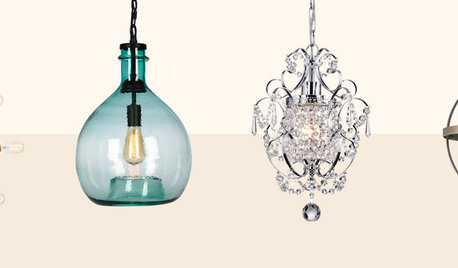
SHOP HOUZZTop 100 Lights Under $100
Show your space in the best light with pieces made of metal, crystal and glass
Full Story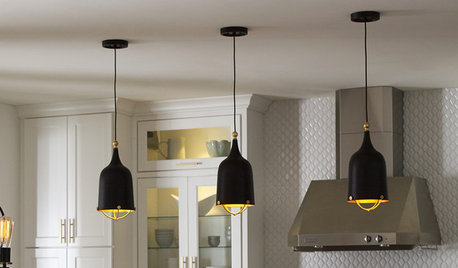
SHOP HOUZZYour Favorite Industrial Lighting Under $199
Bring a little edge to your space with these popular chandeliers, sconces and lamps
Full Story0
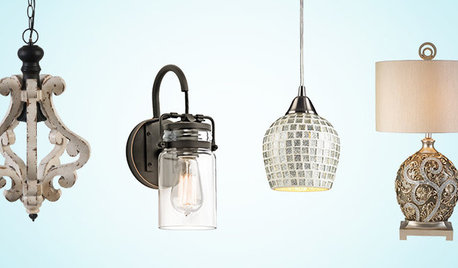
SHOP HOUZZShop Houzz: Bestselling Lighting Under $150
Make a bright statement with our most popular lighting that won’t break the bank
Full Story0
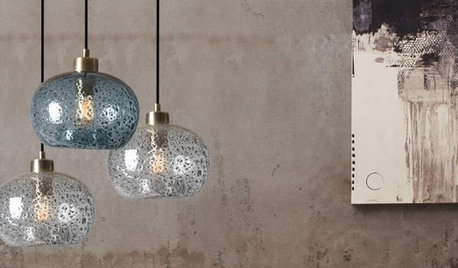
SHOP HOUZZUp to 70% Off Pendant Lighting Under $199
Shine a stylish light on your design with these fashionable hanging fixtures
Full Story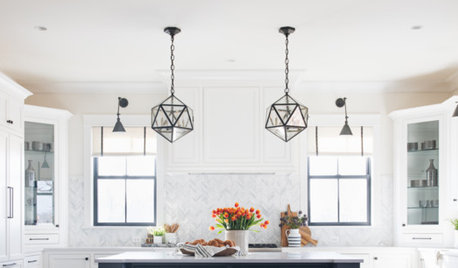
SHOP HOUZZPendant Lighting Under $199
Brighten up your space with lights that radiate modern, rugged and classic styles
Full Story0
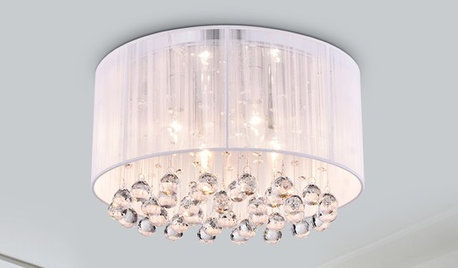
SHOP HOUZZUp to 65% Off Top 99 Lights Under $99
Snag the best and brightest lights for less
Full Story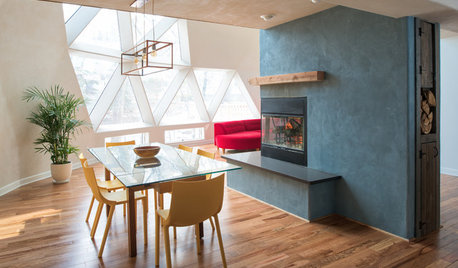
MIDCENTURY HOMESHouzz Tour: Light, Color and Playfulness Under the Dome
A fun-loving Minnesota family transforms its midcentury dome house with new materials and a contemporary layout
Full StoryMore Discussions






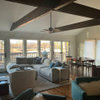
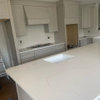

jqchenOriginal Author